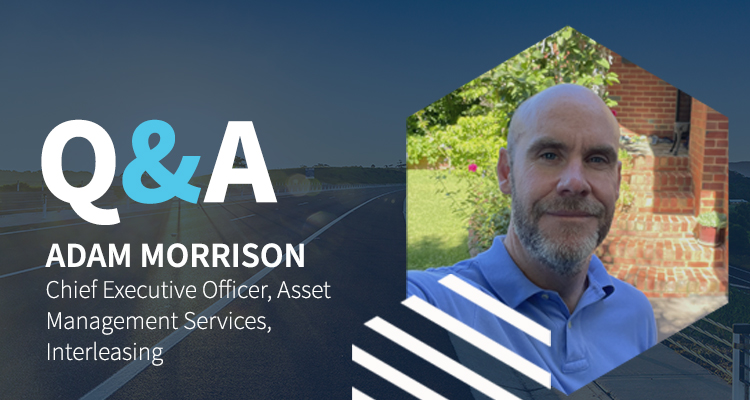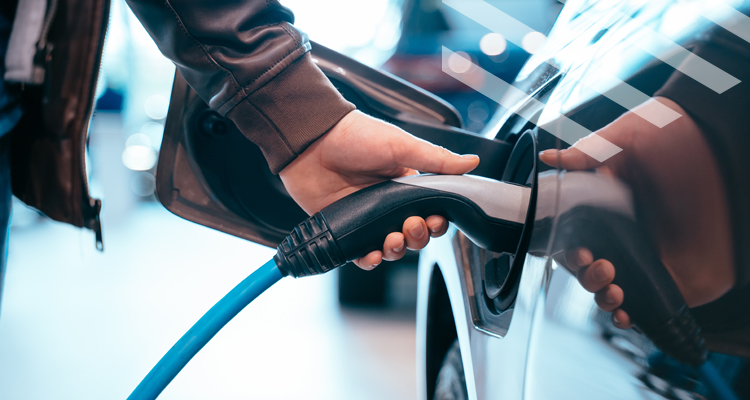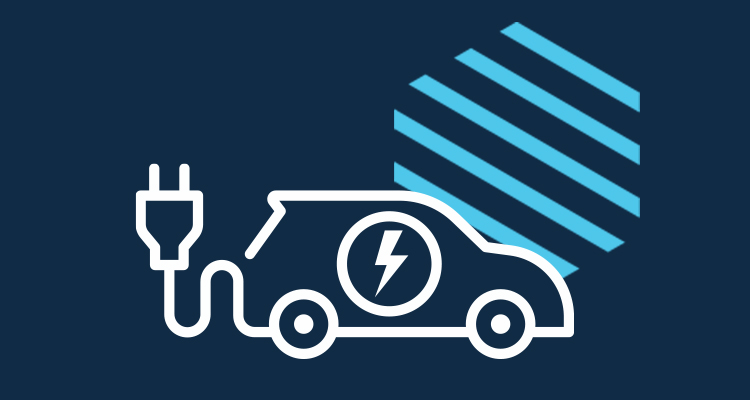
Adam, where are Australian fleet managers in their EV journey?
When I talk to fleet managers, fleet utilisation, safety and maintenance remain key focus areas in the short term. Having said that, sustainability is increasingly becoming a priority and organisations are being pro-active. As one manager put it, “There’s no pressure to reduce emissions, not internally and not externally. We’re still trying, though, to be as green as we can be without having a rigid target.”
Many teams are pushing themselves to see if there are opportunities to become greener and be more environmentally friendly. However, at this stage, few organisations have a clear and detailed roadmap on how they plan to transition to EVs within their fleet operations.
Where do you see the biggest challenges for Australian fleets and EVs?
The question I’m most often asked is “Where do we start?”. The transition to EVs is relatively new to everyone. And while we can look to Europe and the UK to see what’s happening there, Australia is different when it comes to EVs for a few of reasons, like geographical location and land size. In addition, EV regulation in Australia is fragmented across states, and, compared to the rest of the world, Australia is behind with adoption.
Many fleet managers have trialled and purchased hybrids and acknowledge that electric vehicles are likely to be a key part of the fleet’s CSR strategy in the future. However, the vehicle options that are currently available are often too expensive or are not fit-for-purpose. Our research shows that high cost, limited vehicle range, lack of infrastructure and FBT issues are the key areas of concern for fleet managers when it comes to EVs.
So what can fleet managers do to progress the transition to EVs?
There is no one-size-fits-all strategy for a shift in fleet policy. Understanding the suitability and planned introduction of EVs requires an assessment of business requirements, employee profile and broader mobility strategy. At Interleasing, we’ve developed a 3-step framework to help organisations approach this transition in a strategic and holistic way.
The first and critical step is to assess where you are now. This includes understanding your current fleet mix, utilisation and carbon footprint. But it also includes getting employees on board. An EV transition is not just about vehicles. A successful transition depends on take up by employees and the ability for the fleet to enable the workforce to carry out their functions efficiently. Once you have a clear picture of the current status of your fleet, it’s about achieving what’s possible today and being ready for what’s to come.
Where can fleet managers get support?
Tackling the complexities of transitioning to EVs doesn’t have to happen overnight. Nor does it have to be an all or nothing approach. For many fleet managers, a feasible transition might be taking some smaller steps first as a ‘test and learn’ to get one step closer to a full EV rollout. With so many factors such as government policy and regulation, global supply chains and other considerations outside an organisations control, a clear vision of what success looks like gives you the ability to respond to a rapidly changing market. This is so you can:
- Allocate resources and investment to achievable goals
- Avoid costs associated with ‘knee-jerk’ reactions
- Document the roles and responsibilities of different stakeholders within the business
- Engage your customers and employees and clearly communicate your EV journey
- Create a framework to manage change and measure progress
At Interleasing, our goal is to drive sustainability by becoming the partner of choice for low and zero emission vehicle fleets. Our team is always happy to have a conversation about where Interleasing can support fleets in the transition to EVs.
We’ve also developed a discussion guide A roadmap for the transition to EVs, where we share some ideas on how fleet managers might get started.
For most fleets, the transition to EVs will be a marathon and not a sprint. The important part is taking that first step.


